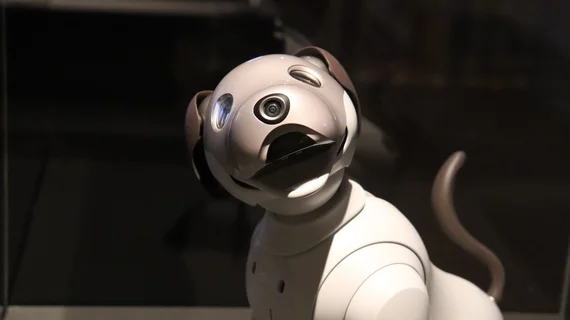Robotic pal brings more than just fun to young hospital patients
A robotic animal companion has been making the rounds at the University of Nebraska Medical Center, where a pediatric patient in intensive care is recovering from multiple organ transplants.
A local TV station, KMTV Channel 3 out of Omaha, has posted a video news segment showing the device on the job with the patient, bringing needed therapies as well as boosting morale.
The piece also spotlights healthcare professionals interested in the technology’s effectiveness.
“I got to see real-life animals in the ICU do their work and it was amazing,” Breanna Hetland, PhD, RN, says in the clip. “But there are some logistical challenges with bringing a live animal into the ICU setting. It’s tough to move them around the lines and the tubes and it’s also an increased infection risk because of the severity of the condition these patients have.”
The robot is a “seal” with antimicrobial fur and hundreds of sensors.
The device may be drawing the news people, but it’s 8-year-old Juan—shown affectionately responding to his new robotic friend named Paro like it’s the real deal—who makes the clip worth the watch.
Click to view:

